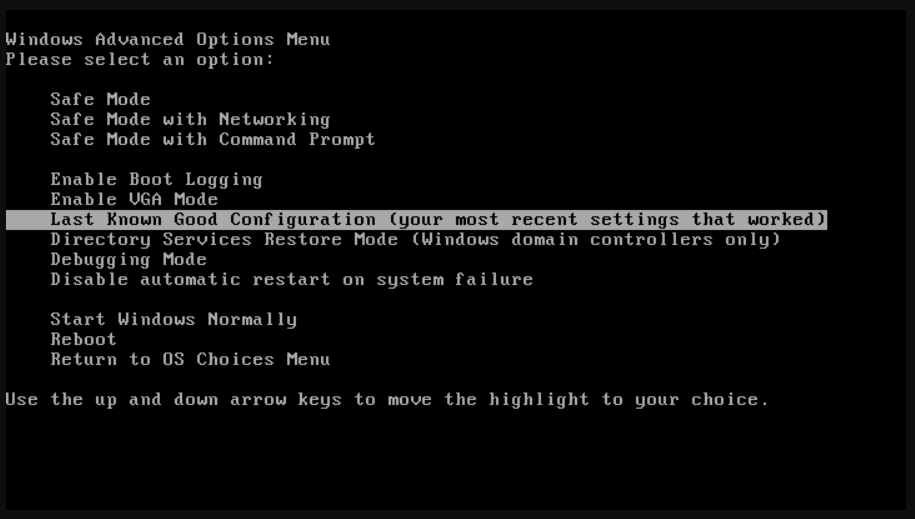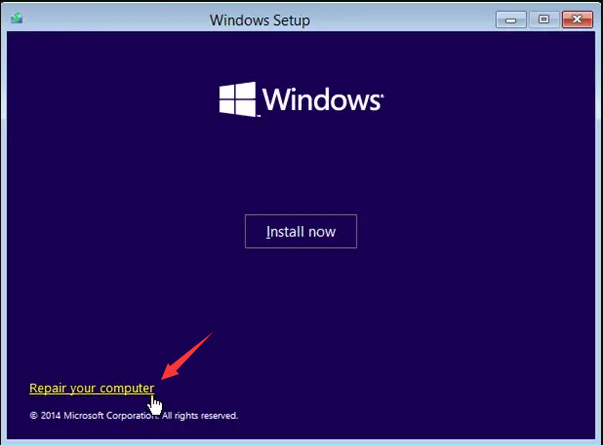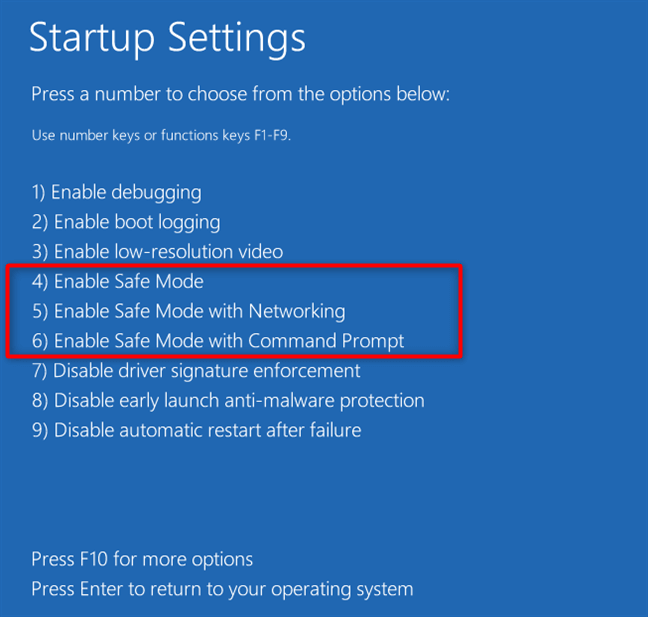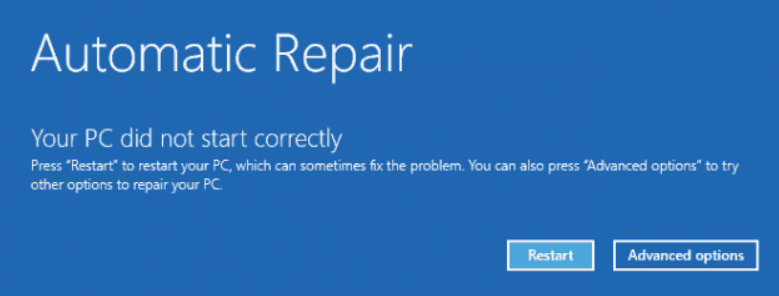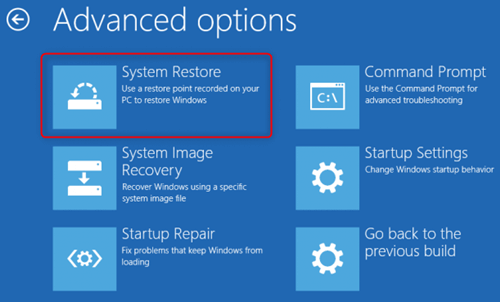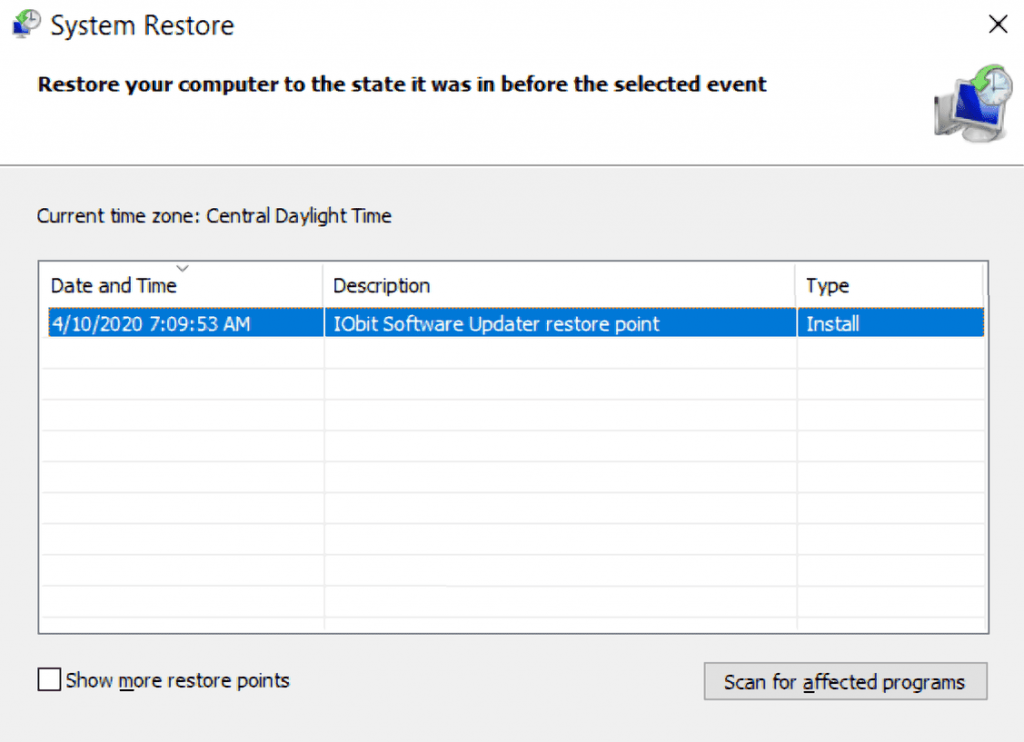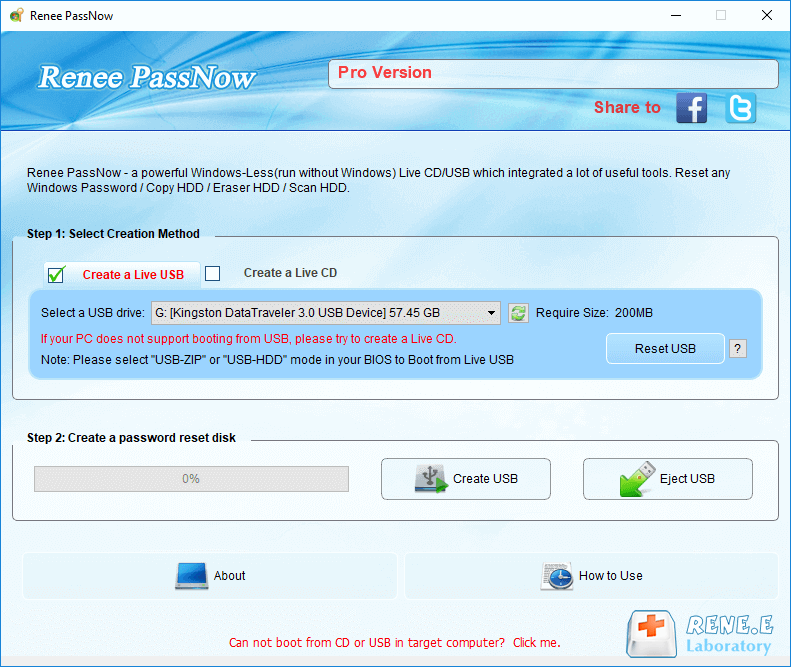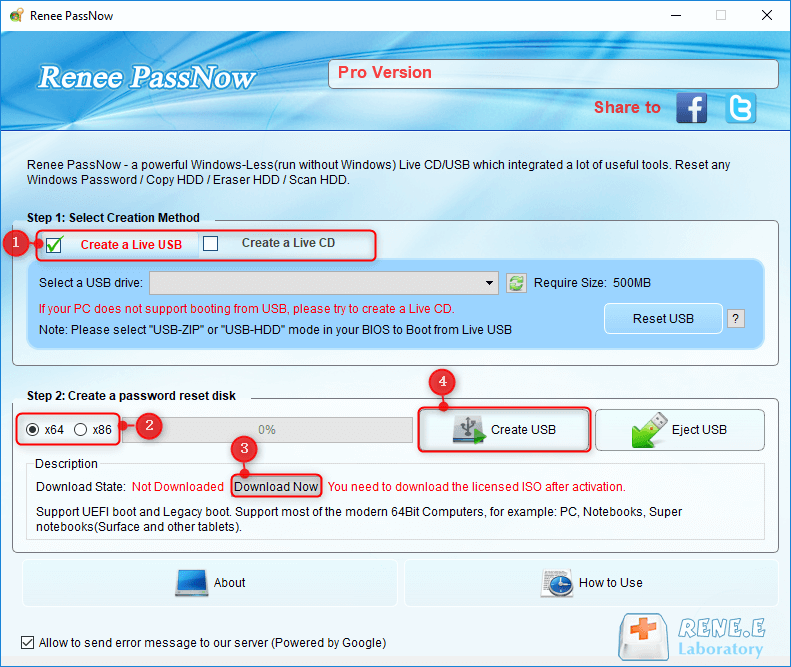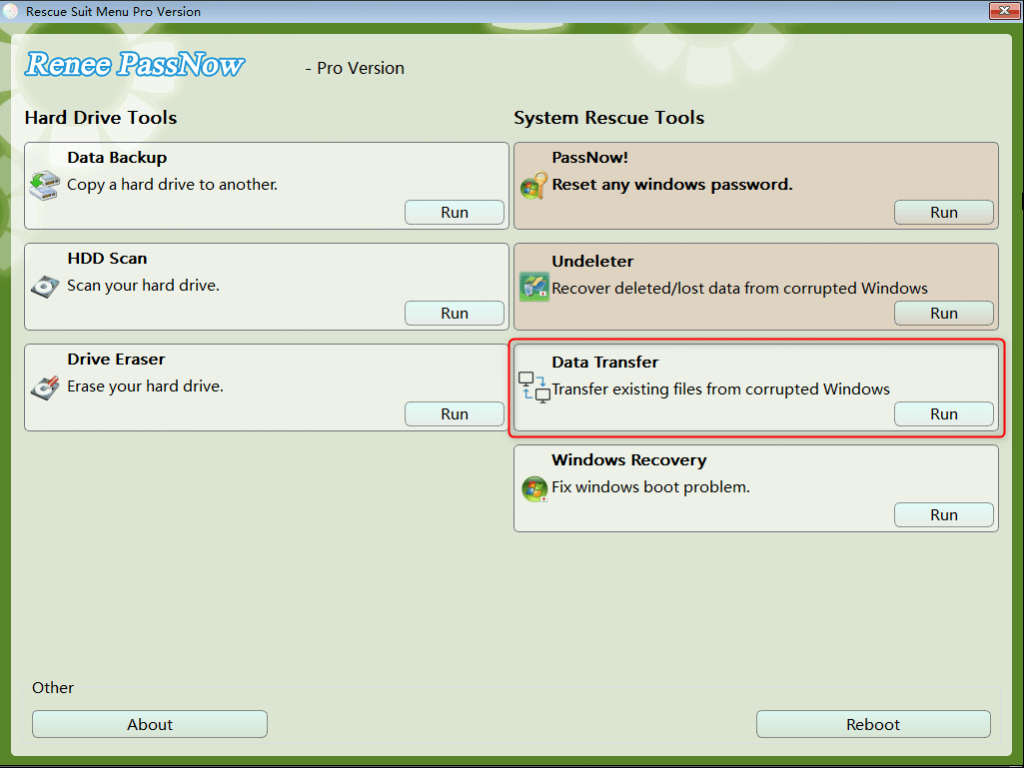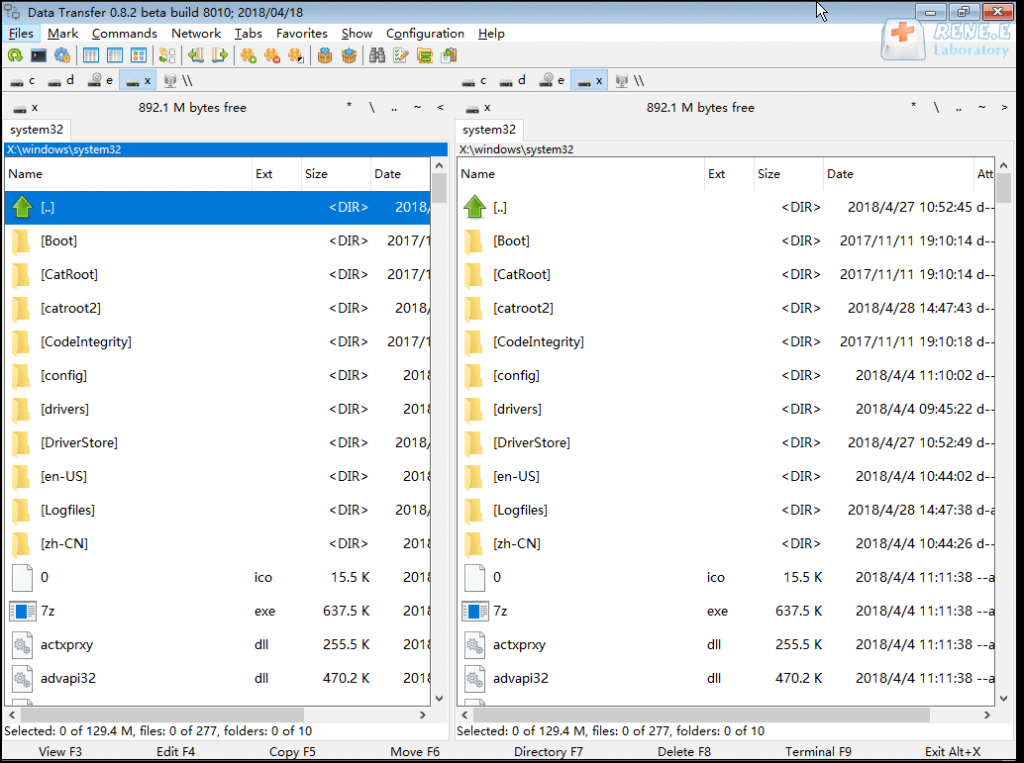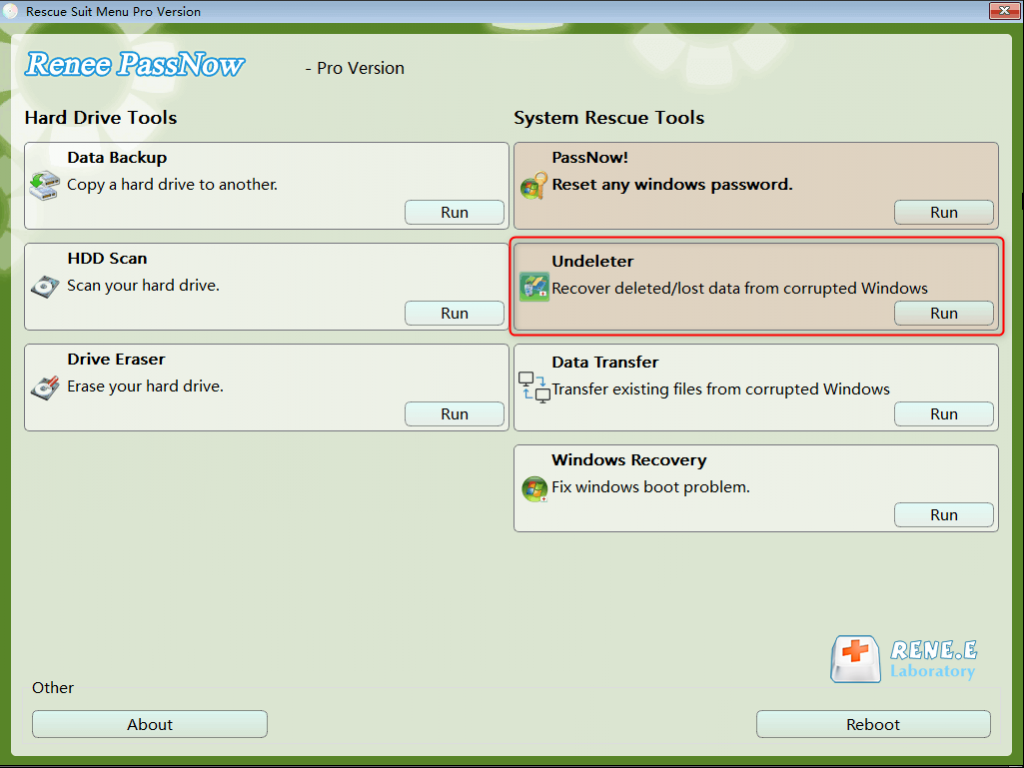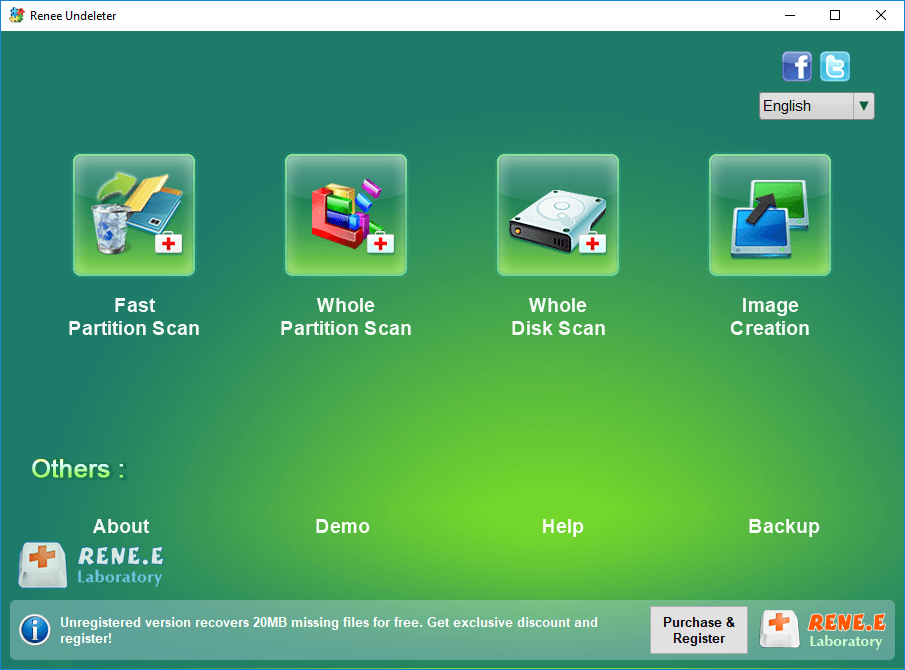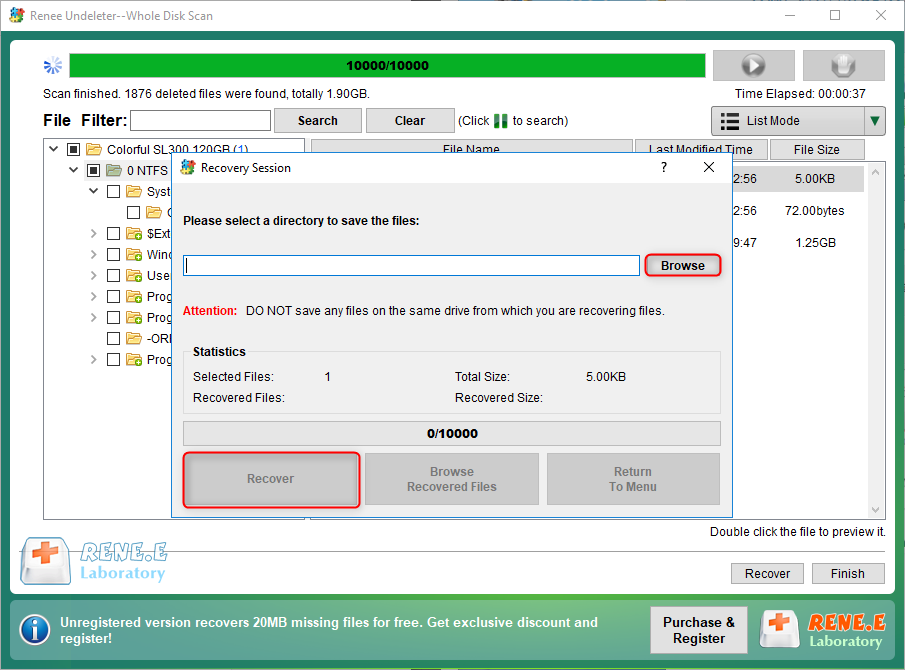Windows Troubleshooting: Mastering Last Known Good Configuration
- Home
- Support
- Tips System Rescue
- Windows Troubleshooting: Mastering Last Known Good Configuration
Summary
Learn how to solve most computer problems with the built-in "Last Known Good Configuration" function on Windows. Recover or transfer important data when the system crashes.
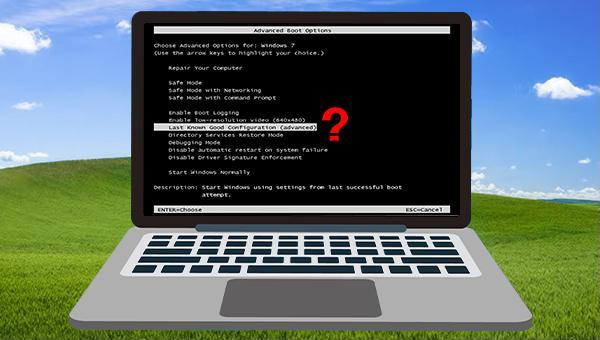
Next, select the (Repair Your Computer) option on the Windows Installer “Install Now” screen to enter the recovery environment.

Easy to use 3 steps to transfer the files.
Transfer the files Transfer the important files of the computer without system.
Preview the files Preview the files while transferring the data.
Multifuctional Data recovery, Windows password reset, bootable problem recovery can be run without system.
Highly compatible Windows 10/8.1/8/7/XP/Vista. Also supports UEFI boot mode.
Easy to use 3 steps to transfer the files.
Transfer the files Transfer the important files of the computer without system.
Preview the files Preview the files while transferring the data.
Free TrialFree TrialNow 2000 people have downloaded!Please select the (Create a Live USB) option under “Step 1: Select creation method” in the main interface.
Note: Before performing this operation, please make sure that the important files in the USB disk have been saved in other locations because the operation will delete all the data in the USB disk.
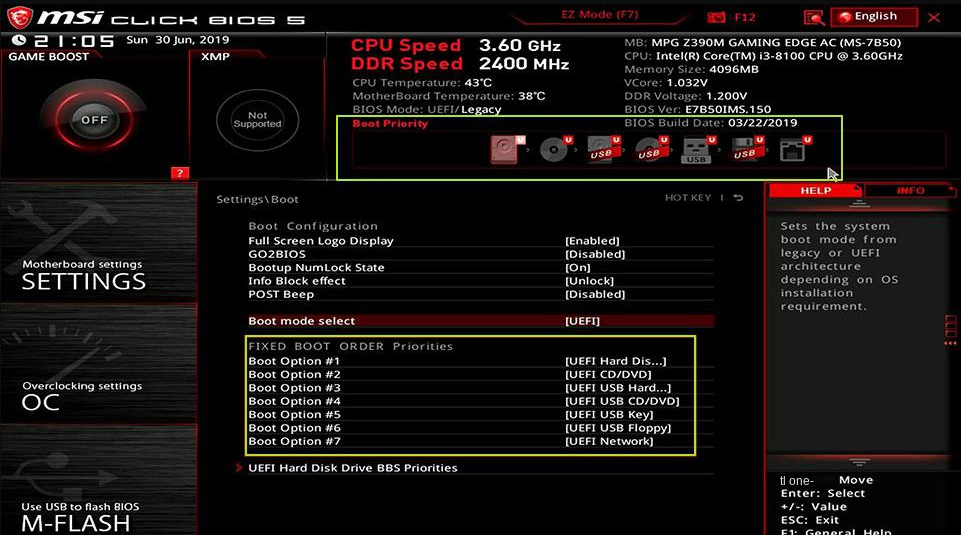
For example, if you want to transfer the data from the C drive to the G drive, you can first select the C drive on the upper left, and then select the G drive on the upper right. Next, select the target files in the C drive, click the Copy function button in the middle, and the selected data will be easily transferred.
If there is a file you want to delete, you can click the (Delete) button in the middle after selecting the file. Please note that the deleted files can’t be restored, please operate with caution.
Relate Links :
How to Fix the error "BOOTMGR image is corrupted" During Boot-Up
28-07-2023
Amanda J. Brook : The message that BOOTMGR image is corrupted means the system can't enter Windows. Learn the definition of BOOTMGR...
Quick Fix for Windows 10 Blue Screen Error - UNMOUNTABLE BOOT VOLUME
01-08-2023
Ashley S. Miller : Learn how to quickly fix the "UNMOUNTABLE BOOT VOLUME" error on Windows computers and recover important data without...
Fix Windows Startup Error: Hal.dll Missing or Corrupted
08-02-2024
Jennifer Thatcher : If you need to solve the errors of hal.dll missing or corrupted, you can read this article. Besides,...
Quick Guide to Fix winload.efi Error on Windows 10
13-07-2023
John Weaver : This tutorial will tell you how to fix the missing or corrupt winload efi error on Windows 10....
- I. About the last known good configuration of Windows
- II. How to use the last known good configuration of Windows in Windows?
- 1. Windows 7 uses the last known good configuration method
- 2. Windows 10 uses the function of Windows Recovery Environment instead
- III. Use Renee PassNow to transfer or recover files when the system crashes
- 1. What is Renee PassNow?
- 2. How to use Renee PassNow to transfer or recover data?



